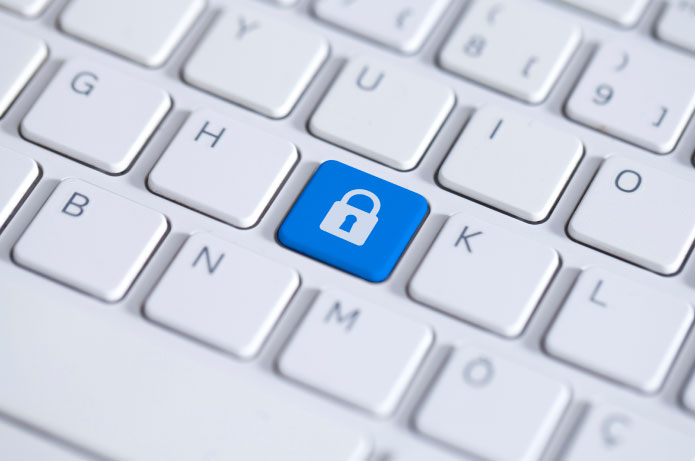In the current scenario of rapid technological innovations, cybersecurity has become an undeniable priority for organizations, especially in the face of the challenges posed by emerging technologies, how Artificial Intelligence (AI), the Internet of Things (IoT), among others.
With increasingly sophisticated and destructive cyber attacks, the need for proactive security solutions, besides the reactive ones, more than a mandatory necessity, it is an urgent need. So much that, according to the report from Mordor Intelligence, the size of the cybersecurity market is expected to reach US$ 350,23 billion by 2029, growing the compound annual growth rate (CAGR) of 11,44% during the forecast period (2024-2029).
In light of this context, a robust cybersecurity strategy, leveraged by effective governance, it becomes essential to ensure organizational resilience. After all, the incorporation of Security and Privacy principles from the outset and in all processes ensures intrinsically secure practices. Without this strategic integrity, organizations may fail to prevent attacks in an agile and effective manner.
However, it is worth noting that a solid defense starts with a strategic plan that integrates Governance, Risk and Compliance (GRC) to an Integrated Management System (IMS). This unified model aligns fundamental practices such as cybersecurity, data privacy, risk management, business continuity, crisis management, ESG (environmental, social and governance) and fraud prevention. This approach not only protects sensitive information, as well as ensuring compliance with strict regulations, preventing malicious exploits.
Furthermore, the implementation of the PDCA cycle (an acronym in English for plan, to do, check and act) as a continuous approach to planning, execution, monitoring and improvement of processes is another point that requires attention. This is because it reinforces the ability to quickly detect vulnerabilities, ensuring that operations remain secure, effective and ready to adapt to technological and regulatory changes.
In the midst of this context, Artificial Intelligence stands out as a transformative resource, offering monitoring and analysis capabilities of large volumes of data to identify suspicious patterns and prevent potential attacks. However, your implementation must be careful to avoid false positives, that could compromise resources and operational effectiveness.
Based on the premise that no element is inherently safe, the concept of Zero Trust also emerges as fundamental for cybersecurity by requiring a rigorous approach that combines access control with network segmentation, continuous identity checks, constant monitoring and end-to-end encryption. What reinforces resilience against threats and integrates perfectly with Security and Privacy by Design and Default, through which security and privacy are integrated from the outset into technological development processes.
Remembering that success in cybersecurity lies in a holistic view that goes beyond the installation of tools and adopts integrated strategies that encompass governance and a commitment to continuous improvement, ensuring protection and resilience in a constantly changing global scenario. It is a robust GRC model, allied to the SGI, allows for continuous and preventive risk assessment, adapting the operational planning as needs evolve, in an era of emerging technologies.


